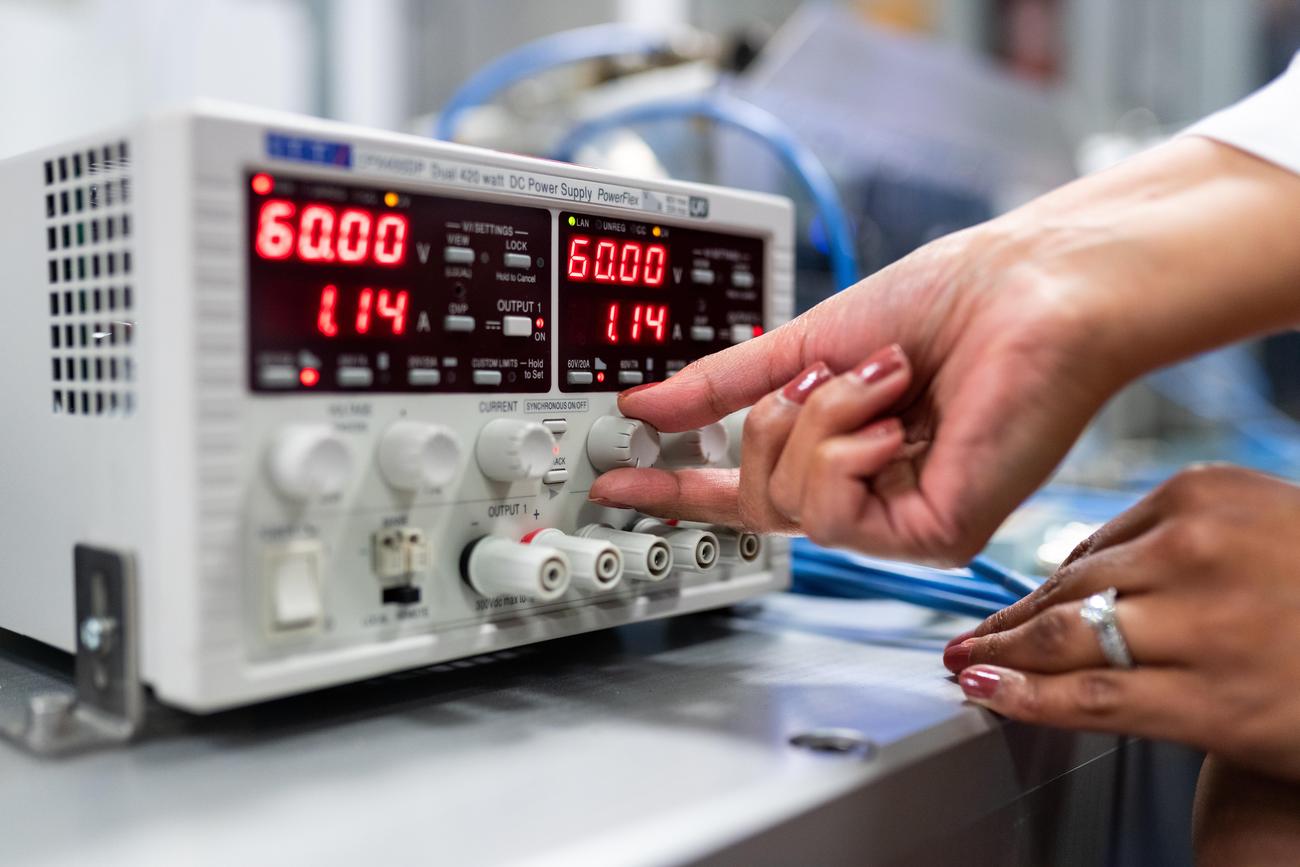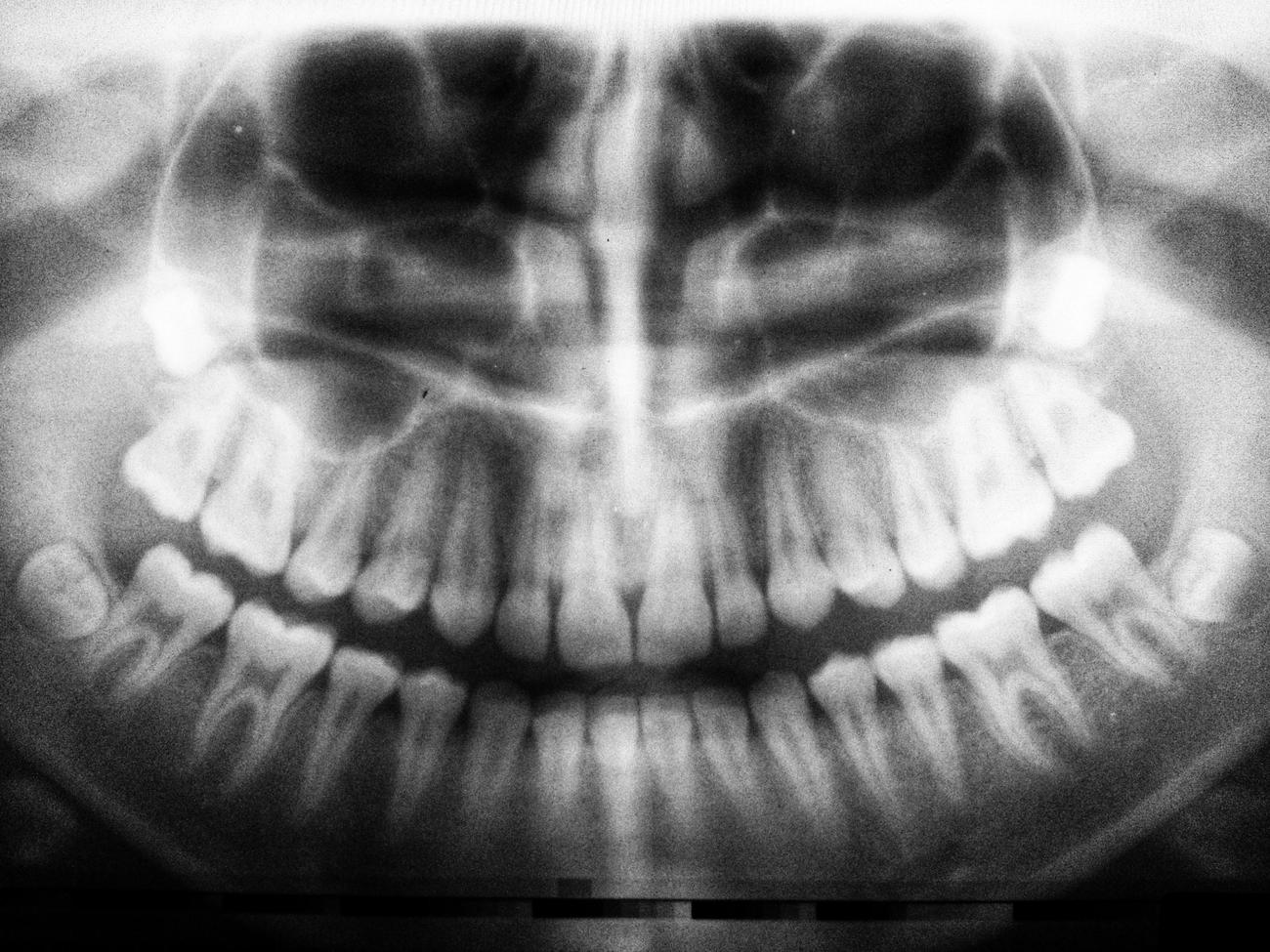Are you curious about the transformative potential of early orthodontic techniques? Look no further! In this article, we delve into the world of orthodontics, specifically focusing on the remarkable benefits of early intervention. Whether you’re a parent seeking the best dental solutions for your child or an orthodontic enthusiast eager to stay updated on the latest advancements, this piece will unlock the power of early orthodontic techniques. Brace yourself for an enlightening journey into the realm of beautifully aligned smiles and improved oral health.

Early Orthodontic Techniques
Early orthodontic techniques are a game changer when it comes to addressing orthodontic issues in children and adolescents. These innovative and effective methods can make a significant impact on a child’s dental health and overall well-being. So, let’s dive in and unlock the power of early orthodontic techniques.
The Importance of Early Orthodontic Treatment
Early orthodontic treatment aims to prevent, intercept, or correct orthodontic problems before they worsen. By addressing these issues at a young age, we can guide the growth of facial and jaw bones while providing adequate space for permanent teeth to erupt properly. This early intervention can have a profound impact on a child’s dental development and can save time and money in the long run.
Quote: “Early orthodontic treatment can prevent future dental problems and ensure a healthier smile for your child.”
Simple and Inexpensive Solutions
One of the great advantages of early orthodontic treatment is that it often requires simple and inexpensive appliances. These appliances can effectively correct certain malocclusions such as posterior crossbites and mild to moderate Class III problems with maxillary retrusion. By utilizing these techniques, we can achieve desirable outcomes for our young patients while minimizing the burden on their parents’ wallets.
Quote: “Early orthodontic techniques offer simple and cost-effective solutions for common dental problems in children.”
Addressing Tooth Misalignment and Preventing Future Complications
Misaligned teeth can be more than just an aesthetic concern. They can lead to a range of dental problems, including overcrowding, difficulties in proper oral hygiene, and an increased risk of tooth decay and gum disease. Early orthodontic treatment can effectively correct misaligned teeth, preventing these issues and setting the stage for a healthier smile in the future.
Quote: “Early intervention can straighten misaligned teeth, preventing dental complications and improving overall oral health.”
Preventing Adult Teeth Blockage
In some cases, baby teeth may not fall out on time, creating an obstruction for the eruption of adult teeth. This can cause damage, overcrowding, and even the need for more invasive treatments later on. Early orthodontic treatment can help prevent these issues by creating room for adult teeth to emerge properly, ensuring a harmonious dental development.
Quote: “Early orthodontic treatment can save your child from future dental complications by preventing the blockage of adult teeth.”
A Brief Overview of Early Orthodontic Techniques
Early orthodontic treatment, also known as Phase I or interceptive orthodontic treatment, is recommended for children between the ages of 6 to 10 in the mixed dentition phase. This is a crucial time for addressing orthodontic issues before they worsen and become more difficult to treat. But what exactly are some of the techniques used during this early phase?
One common approach is the use of simple appliances that can guide the growth of the facial and jaw bones. These appliances can help correct skeletal and dental orthodontic problems while providing enough space for permanent teeth to erupt. The predictability of tissue response to these appliances allows us to achieve the desired benefits for our young patients.
Another important technique in early orthodontic treatment is the use of braces. These braces are specially designed for children, considering their unique dental needs and growth patterns. They can effectively align misaligned teeth, correct bite issues, and prevent future dental complications.
Quote: “Early orthodontic techniques employ simple appliances and braces to guide dental development, correct misalignments, and prevent complications.”
The History and Future of Early Orthodontic Techniques
Early orthodontic techniques have come a long way since their inception. The history of orthodontics dates back to the 1700s when French physician Pierre Fauchard invented the bandeau appliance. This early technique set the stage for the development of modern orthodontics and paved the way for the innovative approaches we use today.
Looking ahead, the future of early orthodontic techniques holds great promise. Advancements in technology and research allow us to continuously refine our treatment methods, making them even more efficient and effective. With ongoing developments, we can provide children with optimal orthodontic care and set them up for a lifetime of beautiful smiles.
In conclusion, early orthodontic techniques offer a powerful solution for addressing orthodontic issues in children. By prioritizing early intervention, we can prevent, intercept, or correct malocclusions, guide dental development, and ensure a healthier smile for our young patients. Unlock the power of early orthodontic techniques and give your child the gift of a confident and healthy smile.
Quote: “Early orthodontic techniques have a rich history and a promising future, offering children the opportunity for optimal orthodontic care and lifelong dental well-being.”
Orthodontic history has always fascinated dental enthusiasts. If you are curious to learn about the evolution of orthodontics and how it has shaped modern dental practices, then you must dive into our detailed article on orthodontic history. Discover the remarkable milestones, influential figures, and groundbreaking techniques that have revolutionized the field over the years. Unveil the secrets behind the perfect smile by clicking here to explore our comprehensive resource on orthodontic history: Orthodontic History.

FAQ
Question 1: What is the main goal of early orthodontic treatment?
Answer 1: The main goal of early orthodontic treatment is to improve skeletal and dental orthodontic problems by preventing, intercepting, or correcting existing malocclusions.
Question 2: What issues can early orthodontic treatment correct?
Answer 2: Early orthodontic treatment can effectively correct certain malocclusions such as posterior crossbites and mild to moderate Class III problems with maxillary retrusion. It can also make room for adult teeth and correct misaligned teeth, preventing further dental problems and overcrowding.
Question 3: How does early orthodontic treatment prevent dental problems?
Answer 3: Baby teeth that refuse to fall out on time can block erupting adult teeth, causing damage and overcrowding. Early treatment can help prevent these issues by creating adequate space for permanent teeth.
Question 4: Can early orthodontic treatment save time and money?
Answer 4: Yes, the process of early orthodontic treatment is not as long as one might think, and it can save time and money in the long run by addressing problems early on. By intercepting and correcting malocclusions at a young age, more extensive and costly treatments in the future may be avoided.
Question 5: At what age is early orthodontic treatment recommended?
Answer 5: Early orthodontic treatment is recommended for children ages 6 to 10 in the mixed dentition phase. This early intervention allows orthodontists to address orthodontic issues before they worsen and guide the growth of facial and jaw bones while providing adequate space for permanent teeth.
- Georgia Platform: A Southern Strategy, 1850s - March 31, 2025
- How many weeks is 40 days: Quick Conversion Guide for Accurate Results - March 31, 2025
- How many feet is 300 meters? 984 Feet: Understand Length Conversions Easily - March 31, 2025
















